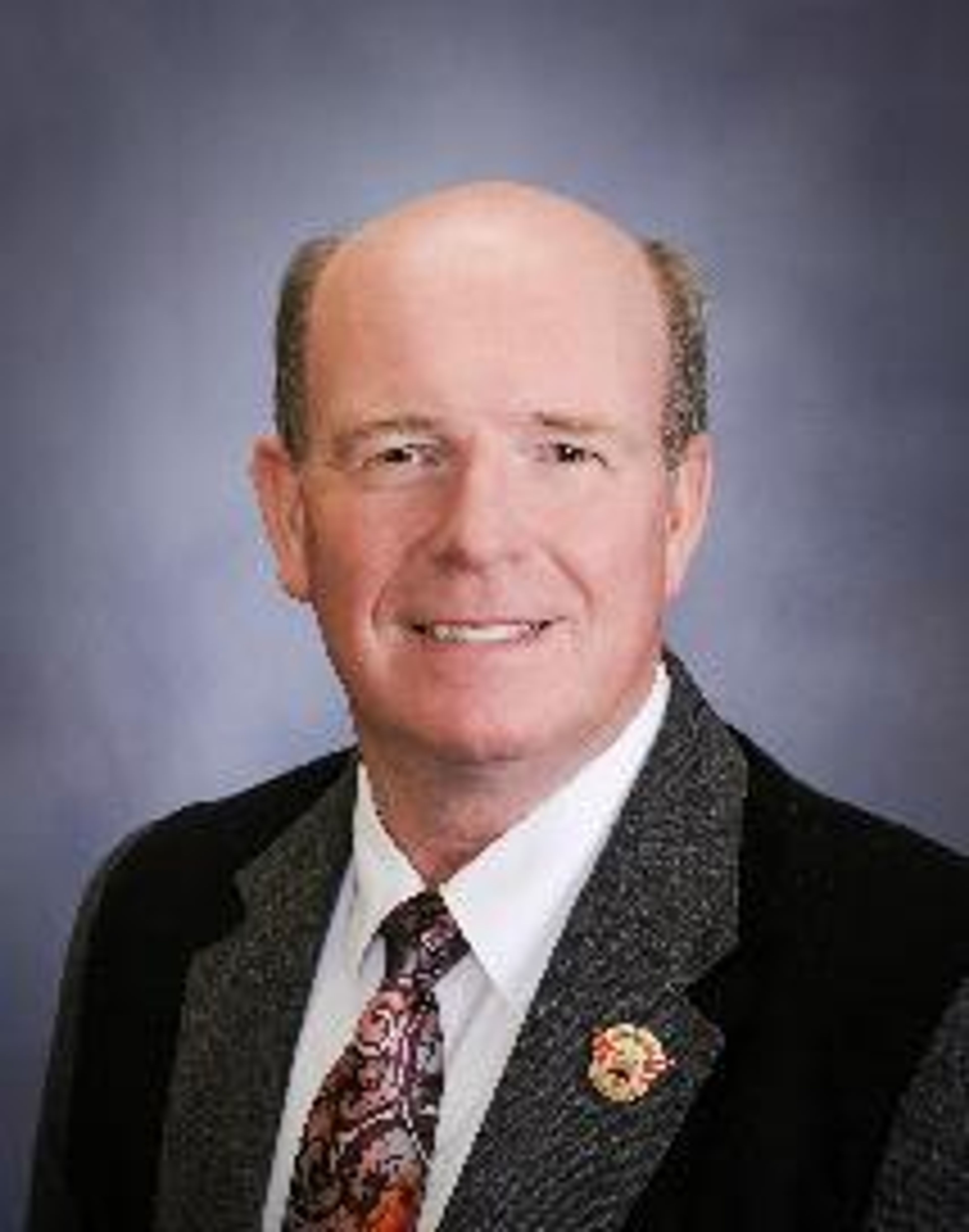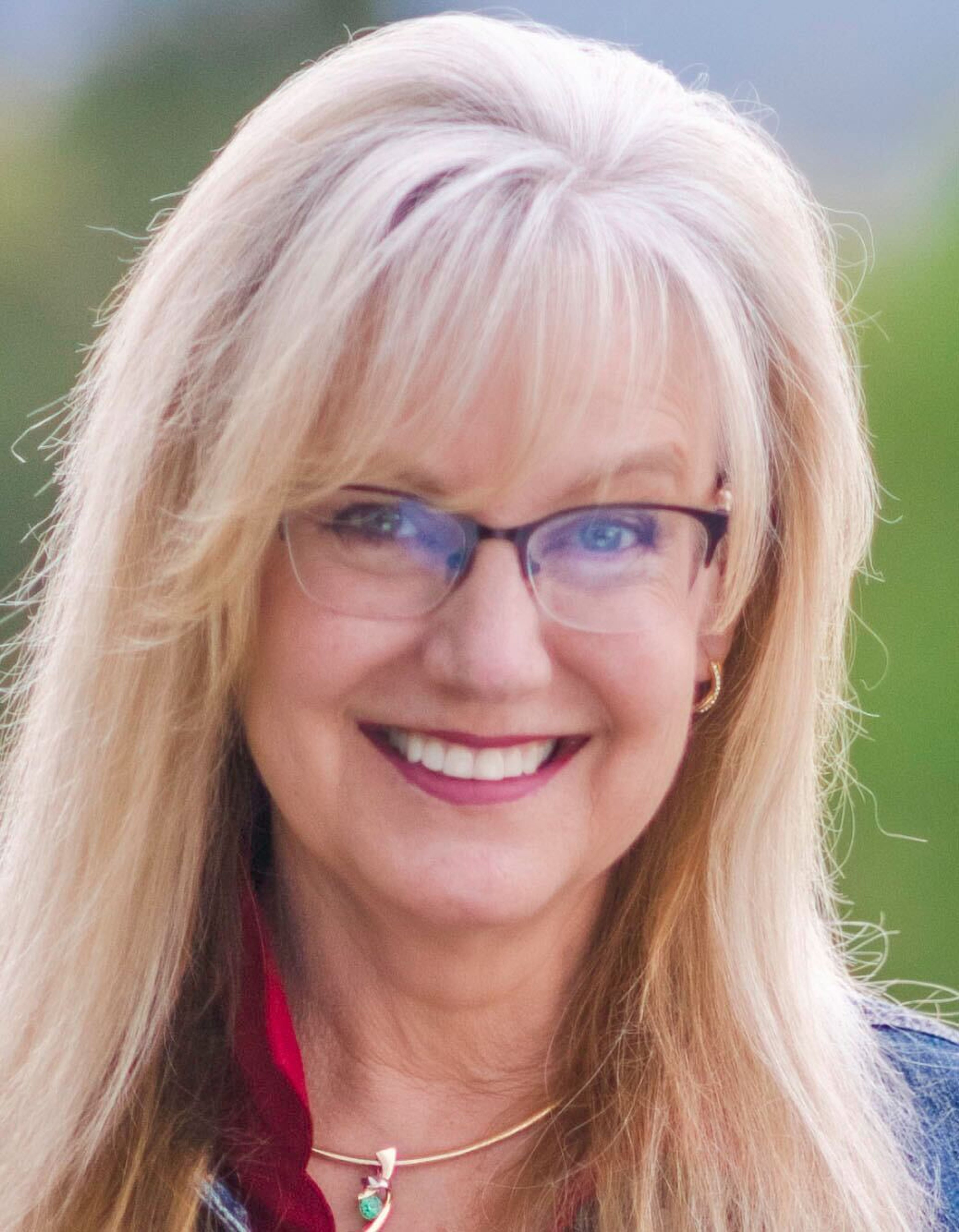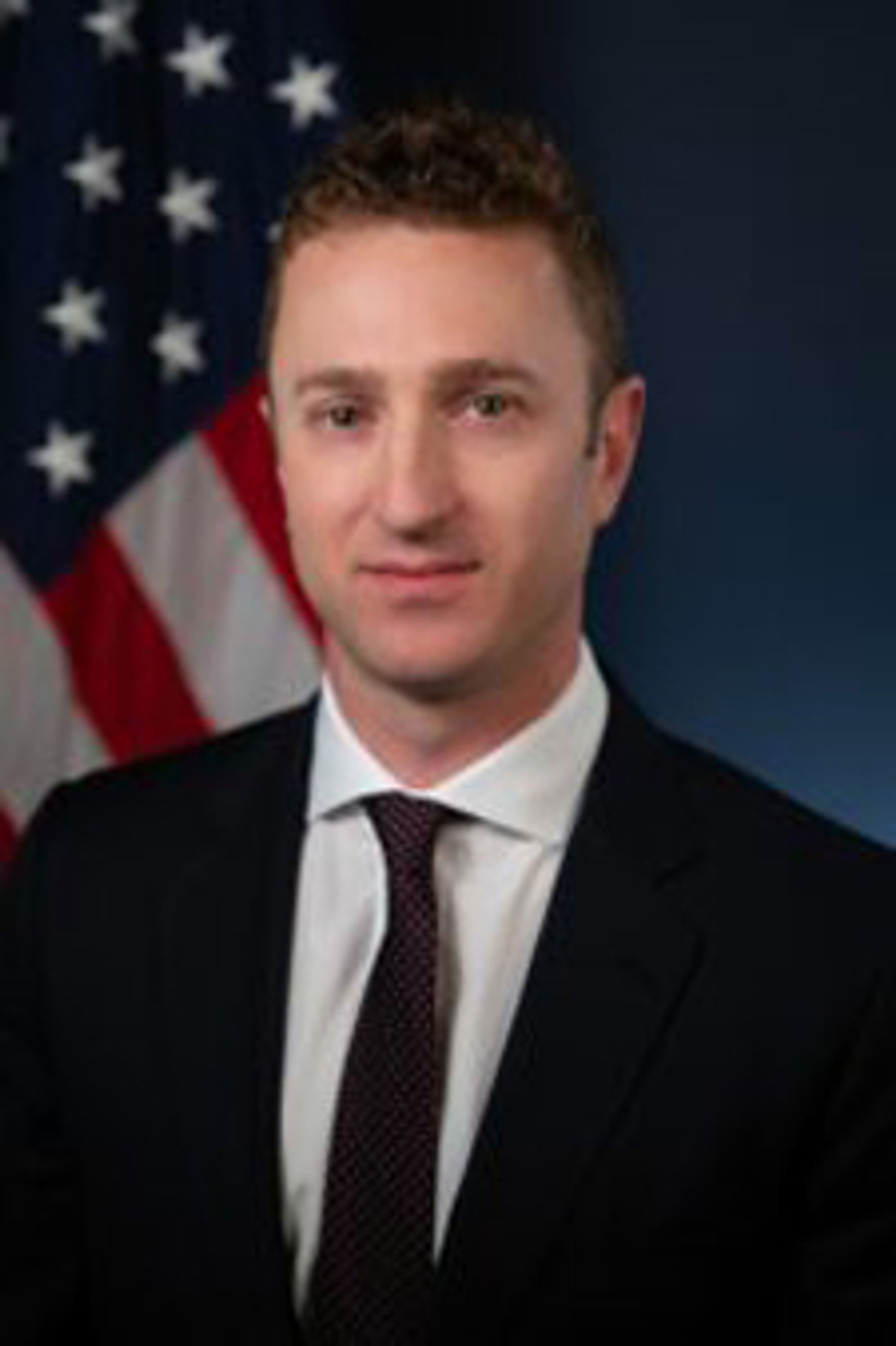PRH, WSU launch residency program
Institutions hope the partnership will bring more medical professionals to rural eastern Washington
The goal of Pullman Regional Hospital’s new Family Medical Residency program may be to train the next generation of rural doctors, but it’s really about falling in love.
That’s the hope, anyway.
The program is a partnership between PRH and Washington State University’s Elson S. Floyd College of Medicine. It will provide the final three years of training that recent medical school graduates need before they’re licensed to practice independently.
The first three residents are scheduled to start training next July. Three more will be added in both 2024 and 2025, for a total of nine.
“It’s like a finishing school,” said Dr. Stephen Hall, the program director. “The students have the knowledge, but now they need to learn how to put it into practice.”
Residents will have the opportunity to train in all aspects of family medicine, including pediatrics, obstetrics, in-patient and emergency care. They’ll rotate through different areas, while also spending time with patients in a clinical setting.
Somewhere along the line, the hope is that they’ll fall in love.
“There’s a growing national shortage of physicians, particularly family physicians,” said Karly Port, PRH’s chief clinic network officer. “It’s hard to recruit physicians to Pullman. If we can get them here, they typically fall in love with the area. This (residency program) is an opportunity to bring people here, have them practice for three years and have them be a part of the community.”
Some studies suggest nearly 60% of physicians end up opening practices within 100 miles of where they complete their residency program.
That’s a troublesome statistic for rural Washington, given that only 13 of the state’s 175 medical residency slots are located in the eastern half of the state.
The hospital’s family medicine program will increase that by nearly 70%. It’s also specifically designed to give residents the broad-based training they’ll need to practice in rural communities, including experience with everyone from pregnant women to newborn babies to octogenarians.
“They’ll see the full scope of the human condition,” said Dr. Molly Thompson, the program’s deputy director. “That’s why family medicine is so attractive — because of the relationships you build. You get to know the patient and their entire family.”
PRH and WSU officials held a ribbon-cutting ceremony Thursday for the $7.6 million facility, which also includes funding for the hospital’s new Orthopedic Center of Excellence.
The clinical part of the residency center includes 14 exam rooms where residents will meet with patients. There’s also office space for the residents and for the attending physicians who supervise them, as well as some lab space, a meeting area and two rooms for performing minor procedures.
Thompson said there will be one attending physician for every three residents. They’ll provide mentoring and oversight, making sure residents are doing things properly.
“It’s like getting two doctors for the price of one,” she said.
Trisha Quiring, the residency center manager, said patients can call the clinic to schedule appointments just as they would with a private clinic. They also expect to get some patients from the emergency room, particularly if they don’t have a primary care doctor of their own and need follow-up treatment.
The doctors who teach at the residency center will also see patients there.
Quiring noted that patients can expect to spend more time with a first-year resident than they would with a fully licensed physician. Appointments will likely be 45 minutes to an hour, giving them plenty of time to talk through whatever issues they’re having.
“It definitely won’t be rushed,” she said.
Neither is the process of identifying which medical school graduates will get the residency slots.
Jade Stellmon, program administrator for WSU, said the residency center is currently at the beginning stage of the recruitment cycle. Medical school students from around the world recently began submitting applications for different residency programs. PRH will find out next week who applied there.
They hope to schedule interviews with at least 15 students, after which they’ll create a list ranking their top choices. Each student also creates a wish list.
After that, the national accrediting agency conducts a computer analysis for all residency programs called “the Match,” which spits out a list of who goes where. The students and the residency centers are both contractually obligated to accept the outcome.
“It’s like getting drafted,” Thompson said. “It’s very nerve-wracking. This is the process that dictates the next three to seven years of your life (depending on which medical specialty you’re interested in).”
Stellmon said the Match results are announced in March. The residents will show up here for orientation in June, and begin their rotations in July.
“We’ve done a lot of recruiting events,” she said. “We already know of individuals who have told us they’ve applied, and they’re from all over the world. We aren’t discounting anyone. We’re interested in individuals who are planning to practice in eastern Washington, but our mission is to fill the gap in rural care. So if it’s someone who’s going to their home town in Iowa and provide that care, we know we can train them very, very well.”
And who knows, Stellmon said. Once they get to the Palouse, plans may change.
“They’ll come here and fall in love with Pullman,” she said.
Spence may be contacted at bspence@lmtribune.com or (208) 791-9168.









